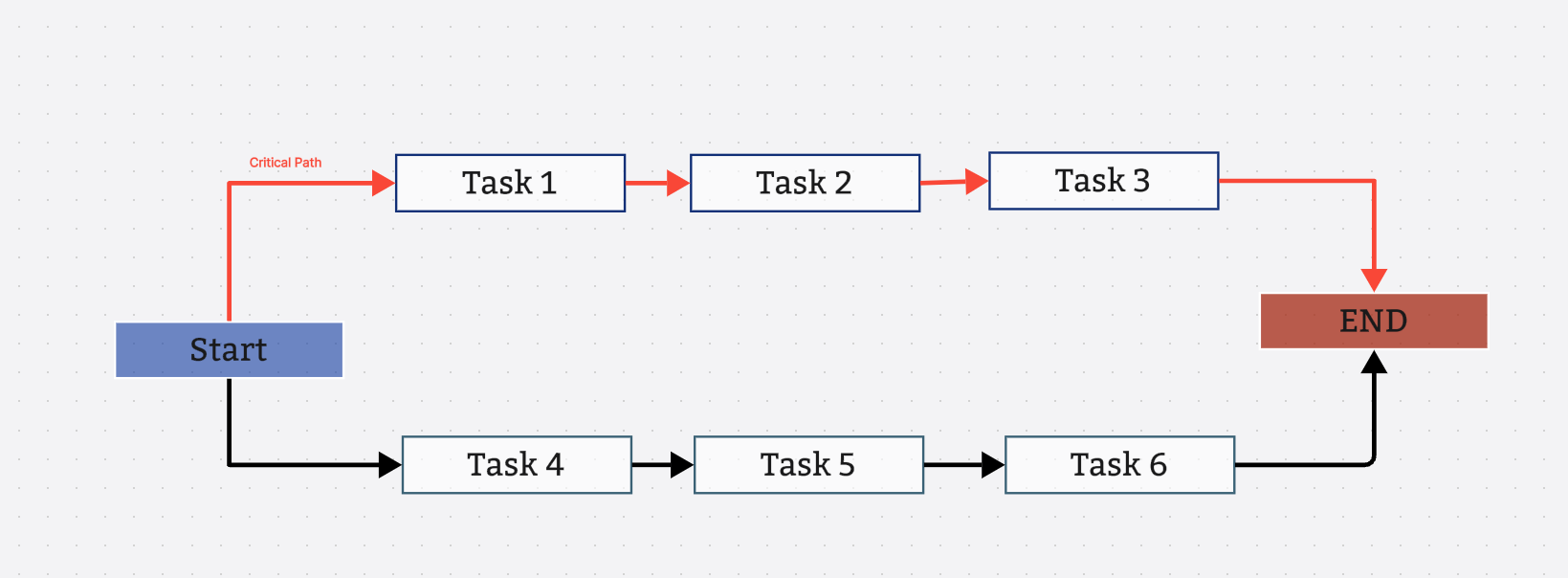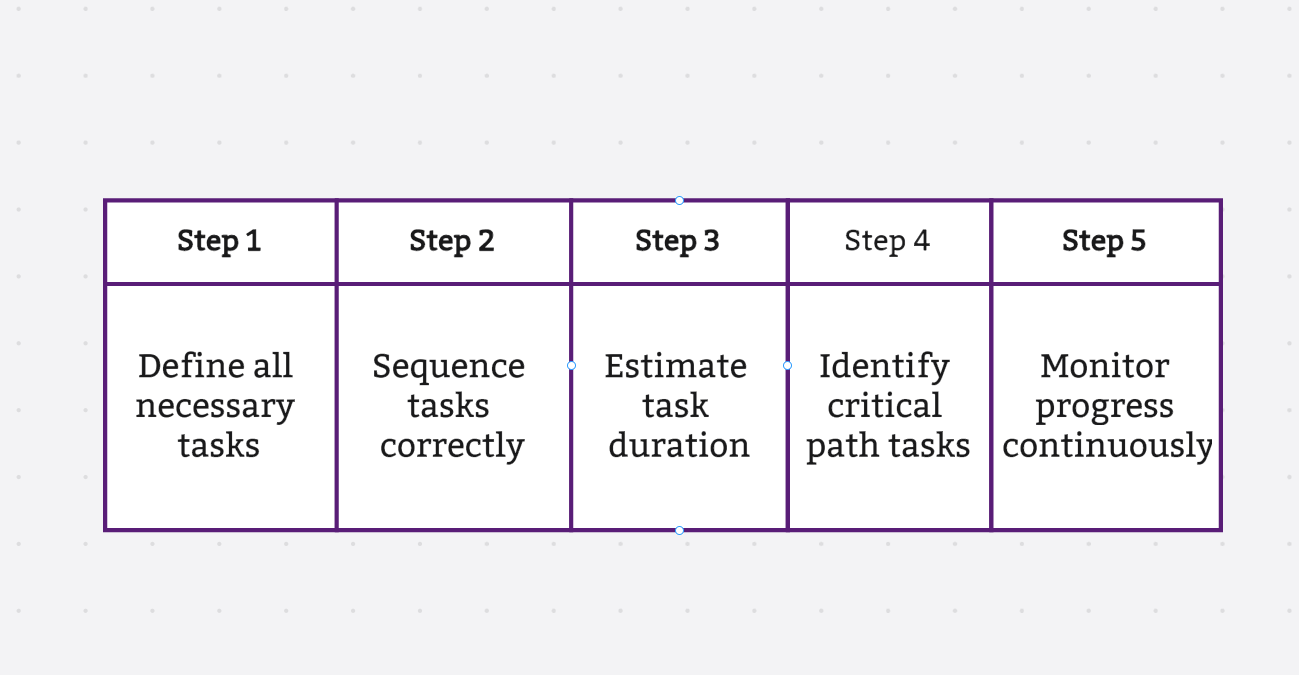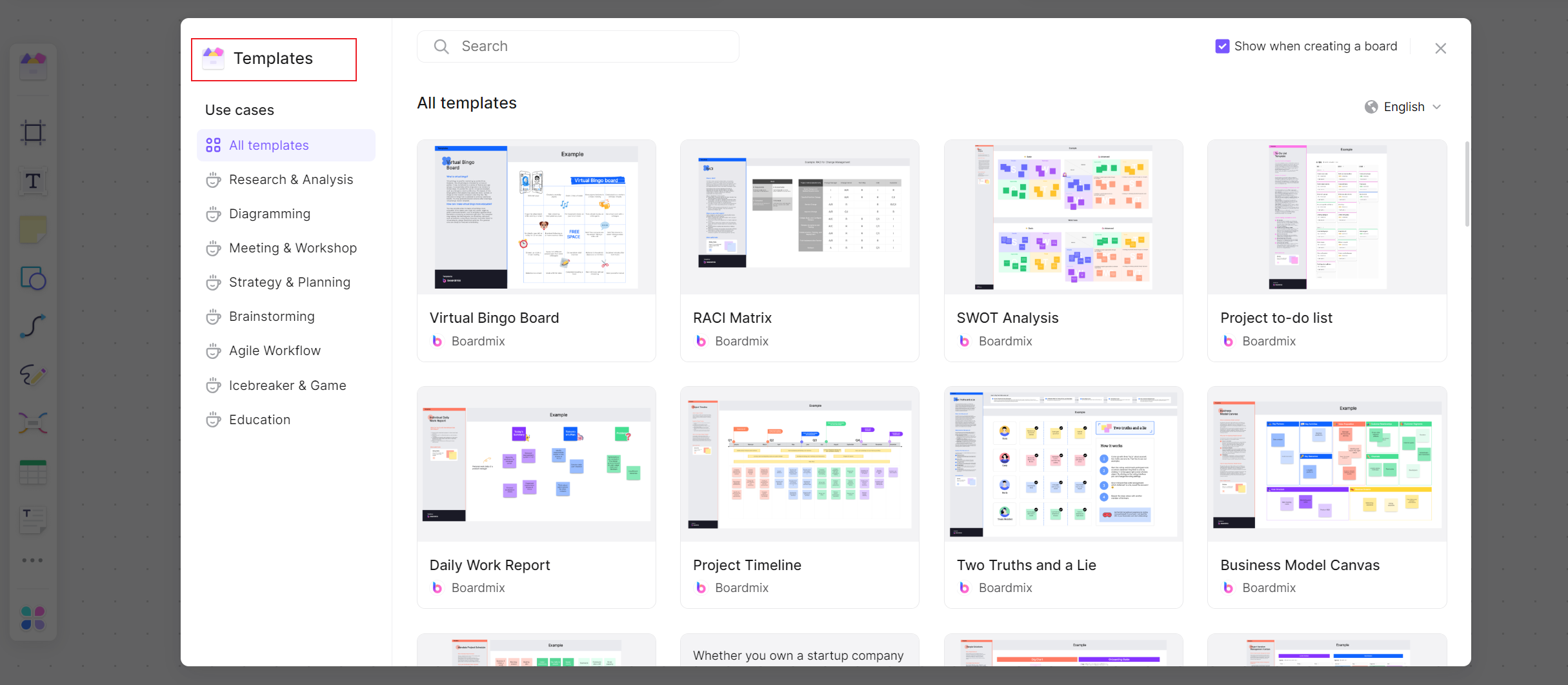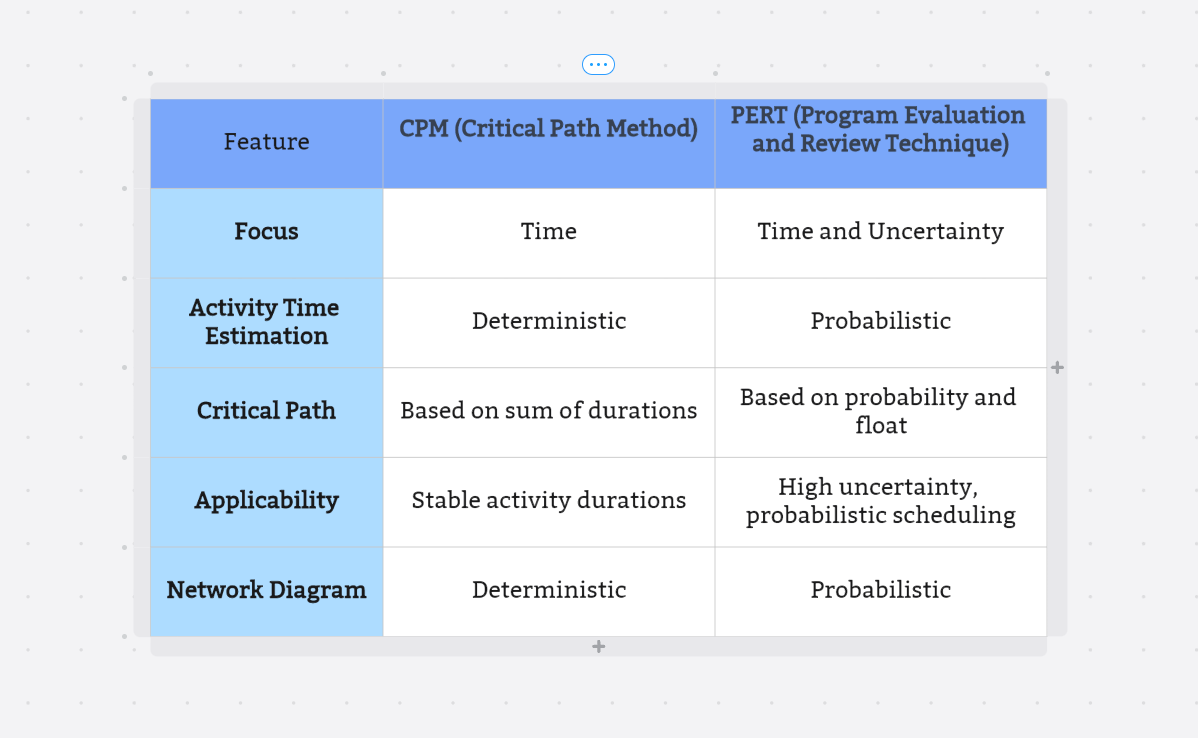Project management is a multifaceted discipline that necessitates meticulous planning and execution. Among the myriad of techniques employed by successful project managers across the globe, the Critical Path Method (CPM) stands out for its effectiveness. This comprehensive guide will explore the intricacies of CPM, including its definition, numerous benefits, and practical application steps. We will also address common questions about this strategic planning technique to provide a well-rounded understanding of its role in efficient project management.
Part 1. What Is the Critical Path Method in Project Management?
The Critical Path Method (CPM) is a robust project management technique that involves a detailed step-by-step process planning. It meticulously distinguishes between critical and non-critical tasks, thereby providing a clear roadmap for the project's execution. The primary objective of CPM is to prevent time-frame issues and process bottlenecks that could potentially derail the project's progress. By identifying the longest stretch of dependent activities and measuring them from start to finish, it ensures that all tasks are scheduled correctly to avoid delays. This method plays an instrumental role in enhancing project efficiency and effectiveness by enabling managers to allocate resources optimally, manage potential risks proactively, and ensure timely completion of projects.
Part 2. Benefits of Using Critical Path Method
The application of the Critical Path Method (CPM) in project management brings a plethora of benefits that significantly enhance the overall project execution.
- Improved Efficiency: CPM helps to identify the most time-sensitive tasks, allowing managers to focus their efforts where it matters most and thereby improving overall efficiency.
- Better Task Prioritization: By distinguishing between critical and non-critical tasks, CPM aids in better task prioritization, ensuring that key activities are not overlooked.
- Enhanced Risk Assessment: CPM provides a clear view of potential bottlenecks and delays, enabling proactive risk mitigation strategies and enhancing overall risk assessment capabilities.
- Cost-Effective Resource Allocation: By highlighting which tasks require significant resources and which can be accomplished with less, CPM promotes cost-effective resource allocation.
- Clear Visibility of Project Timeline: By mapping out every task from start to finish on a single platform, CPM offers clear visibility of the project timeline, keeping all stakeholders informed about the project's progress and expected completion date.
Part 3. Steps to Use Critical Path Method
Implementing the Critical Path Method (CPM) involves a systematic process that can be broken down into the following steps:
- Define all necessary tasks: The first step in CPM is to identify and list all the tasks required to complete the project. This includes everything from initial planning to final delivery.
- Sequence tasks correctly: Once all tasks are identified, they need to be sequenced in the correct order of execution. This step involves understanding task dependencies and determining which tasks must precede others.
- Estimate task duration: Each task's estimated duration needs to be calculated. This estimate should include time for completion of the task itself as well as any potential delays or contingencies.
- Identify critical path tasks: The critical path is determined by identifying the longest sequence of dependent tasks from start to finish. These are the tasks that directly impact the project's completion date.
- Monitor progress continuously: Once the project begins, it's essential to continuously monitor progress against the planned schedule and make adjustments as needed based on actual performance.
By following these steps, you can effectively implement CPM in your project management process, ensuring timely completion and efficient use of resources.
Part 4. How Boardmix Helps You with Critical Path Method
Boardmix is a cutting-edge online whiteboard tool, meticulously designed to streamline complex processes such as the Critical Path Method (CPM). Its user-friendly interface and extensive library of customizable templates make it an ideal platform for visually mapping out your entire project plan. With Boardmix, you can effortlessly delineate tasks, sequence them appropriately, and identify critical paths with just a few clicks. But that's not all - Boardmix also promotes team collaboration by providing a shared workspace where team members can brainstorm ideas, provide feedback, and work together in real-time. This not only enhances communication but also ensures everyone is aligned with the project goals and timelines. Furthermore, its dynamic nature allows for easy adjustments and updates, making it an invaluable tool for managing projects efficiently and effectively.
FAQs about Critical Path Method in Project Management
1. What is a critical path in project management?
A critical path in project management refers to the sequence of tasks that must be completed on time for the entire project to be delivered on schedule.
2. How do you calculate critical path?
Calculating a critical path involves listing all tasks required to complete the project, estimating their durations, noting dependencies between tasks then determining the longest path through these dependent tasks.
3. What is the difference between CPM and PERT?
While both the Critical Path Method (CPM) and Program Evaluation and Review Technique (PERT) are potent tools for managing projects proficiently, they each have a unique focus. CPM is primarily centered on time-cost trade-offs. It meticulously identifies the longest stretch of dependent activities in a project, thereby enabling managers to optimize resource allocation and schedule tasks efficiently to minimize costs while adhering to timelines. On the other hand, PERT is designed with an emphasis on uncertainty reduction. It uses probabilistic time estimates for each task, taking into account the best-case, most likely, and worst-case scenarios. This approach allows project managers to assess risks more accurately and prepare contingency plans, thereby reducing uncertainty and enhancing project predictability. Both methods offer valuable insights but their application depends largely on the specific requirements and nature of your project.
Conclusion
Grasping and applying the Critical Path Method (CPM) can dramatically elevate your project management capabilities, paving the way for successful project completion within the set budget and time constraints. This strategic planning technique not only optimizes resource allocation but also enhances risk assessment, task prioritization, and overall project efficiency. When you have a powerful tool like Boardmix at your disposal, mastering CPM becomes even more straightforward. With its intuitive interface and extensive features designed to simplify complex processes, Boardmix empowers you to implement CPM with ease and precision. It's not just about managing projects - it's about leading them to success with confidence and control.








